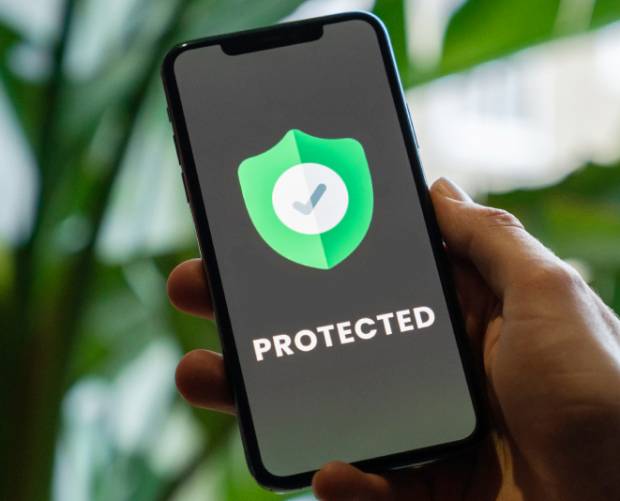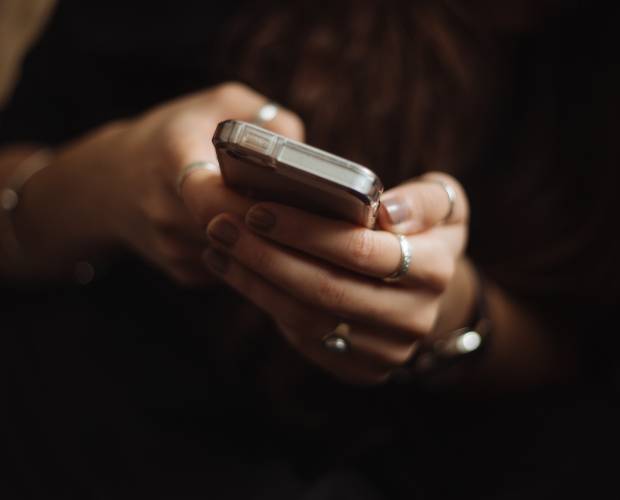DM: So Gary, your book has had some great reviews. What brought you to write it?
GS: I wrote the book as a result of meeting retail brand leaders and payment specialists, and trying to understand the evolution of the phone as a payment device. The payment piece is overly emphasised by the industry because a lot of people have a vested interest in payment, but I am more focused on the commerce aspect, that payment is a subset of, together with engagement, conversion and loyalty.
The Impulse Economy’s thesis is that the consumer is impulsive by design, and that mobile can either inhibit their shopping ability, or make it more of a natural extension of shopping, and whether we succeed or fail is based on an understanding of how mobile works as a native, interactive tool.
To date, I think there have been some failures. If you think of it as shrinking the digital footprint when you go to the smaller screen, you will fail, because you are interrupting the shopper’s purchase behaviour, and expecting them to be thoughtful. The tools that succeed are the ones that move the consumer from desire and intent to conversion or sale more fluidly, with minimal interruption. Two clicks is one too many in mobile.
DM: So who’s getting it right?
GS: People like Coca-Cola, through to the Amazons of the world and a few in between, such as retailers like Hot Topic in the US. They have 600 stores across the US selling music content. Their traditional engagement was through email, so what they did was to take a mobile opt-in group and send them similar offers, driving them either into their bricks and mortar stores, or to the cloud. And what they found was that they got 5 - 10x the engagement on the mobile channel, compared to email.
DM: And why do you think the ones that get it right get it right?
GS: It’s about taking mobile from a vertical focus to a horizontal focus. A lot of brands have a fixation on the fact that they have an online department, a catalogue department, and a stores department, and they meet once a month, so there’s a cross-channel disconnect, and the sales fall into the cracks, because the digital shopper is channel-agnostic. So the consumer falls between the cracks, and you get abandoned shopping carts, so the trick is to connect the dots fluidly.
So if you have an app and you use it to sell stuff, but you keep it siloed, then it is disconnected. The brands that get it are the ones that connect the touchpoints more fluidly.
You can see this in social media too. Brands that have invested in building a social footprint have a bevvy of customers liking them over the digital landscape. But the last time I heard, the goal of retail was to sell stuff, so you have to ask how do you drive ROI on top of that brand focus, which is about putting messaging in your social footprint, so people can enter their phone number or loyalty number, and you can then move them from a social channel into a brand-owned channel, whether that’s in the cloud, or a bricks and mortar store.
And then you get people who get excited about mobile for mobile’s sake, and when this happens, I say mobile is the biggest problem with mobile. It’s not about what mobile solutions do we need; it’s more about how can mobile help with the existing retail malaise? So the ones that get it are the ones that use reach and frequency, rather than bells and whistles, as their goal. So that’s things like messaging, for example. SMS is a bellwether channel, it helps you reinvent your retail touchpoints, because through messaging, you can move someone into a physical store, or into the cloud.
DM: Does it surprise you, or is it completely to be expected, that the companies that seem to have got mobile early, and executed well on it, from a retail perspective, are the web giants, the eBays and Amazons of this world?
GS: Not really, because they understand screens. The reason they have excelled is that they don’t look at it as mobility, but as another screen, so then the issue becomes, how do you optimise the screen? So 1-click checkout should be consistent across screens. The small screen allows the consumer to engage and multitask, so small screen engagement is not about taking everything and shrinking it to the small screen, but rather, what is the customer doing on the screen, and what do I need to keep and what can I lose?
Those companies, the Amazons and eBays of this word, are great at managing digital screen engagement. In fact (Steve) Yankovich (VP mobile) at eBay says that if you cannot enable the consumer to make a bid in 15 seconds, while they are waiting for the lift, then you get abandoned consumer intent, so he set himself this 15-second time limit and said: “If I cannot do that, then I have failed”. This is a lesson brands need to take away and apply.
DM: Where do Tablets fit into this? Should brands treat Tablets and mobile phones as one device category?
GS: The way I see screens, is it is not about mobility, because all screens are mobile, what you need is something between mobility and portability, and the way I describe it is that a portable screen is a 2-fisted device, and a mobile screen is a 1-fist device.
With a 2-fisted device like a Tablet, when I need two hands to use it, I have stopped, I am on my couch; they were designed to take out and interact with, to move from the kitchen to the couch more fluently, perhaps, but not to take in the store and use as you walk down the aisle. They were not meant to disrupt mall shopping; more to replace cloud shopping. They are siloed in a cloud world. But the Kindle Fire and smartphones are design to interrupt the mall. This is the stuff retailers need to be wary of, because they will decimate the mall in 2012-13.
Retailers need to be most afraid of people using these one-fist devices to price-compare in the store, find something cheaper somewhere else, and then buy it from their phone in the store.
DM: Price-comparison in store seems to be the place that most retailers don’t want to go, the problem, they don’t know how to address, what do you make of it?
GS: There is no question we have had a disconnect between the “blue shirt” (sales assistant) and the consumer. Traditionally in a store, you look for the blue shirt, because they know so much about the products, and they will help you. But over the last year, the blue shirt has been at a disadvantage to the shopper, because their device is older than the consumer’s. The store personnel are behind the times, so the customer is not even looking for them to help them.
What the store can provide, however, is customer service, and the biggest thing that comes out of any survey is that consumers buy based on trust; it is the biggest word in retail. So to drive store engagement, the best thing you can do is to deliver trust, so if a blue shirt can help you navigate the store on their phone, if they have a sophisticated device, maybe an iPod touch that is as good as, or better than, the customer’s phone, that imbues a sense of trust, and also, it can teach the consumer how to shop in the store’s cloud, bringing the cloud into the store in a more fluid way.
The store is changing, and retailers need to embrace it. They need to deliver customer service, a tactile experience, and curation. Look at the Apple store – it’s a poster child for the store of the future. It’s not about delivering an endless aisle; it’s about delivering an experience. That is what will keep a person coming back.
The problem is, it is so very confusing. Retailers have so many mobile choices thrust down their gizzard, so instead of focusing on reach and frequency and engagement, a lot of shopkeepers have focused on the bells and whistles, because this is what the agency advises. They focus on an app, but an app is hard to promote and get downloaded, and once it is on the phone, it dies a slow death and becomes phonetop roadkill. Retailers miss the point that it’s not about selling an app, but about selling groceries, and that “dumb” solutions like SMS and mobile web play a profound role in the store.
DM: And what’s your take on NFC? Is that about bells and whistles or engagement?
GS: I am a believer in NFC. Right now, it looks like bells and whistles, but the device-makers are creating a proliferation of devices. Personally, I think it’s less about payments than about proximity marketing. If I am a Wal-Mart and I want one click engagement, and I can get this from a consumer with a tap, rather than scanning a barcode, that is mecca. It’s not really here yet, but as soon as the phones are out there, consumers will embrace it, because a tap is more fluid; there’s no barrier to the engagement.
DM: So in conclusion Gary, what do you see happening over the next 12 months?
GS: Nothing that is not happening now, just an acceleration of it. More in-aisle engagement, more devices in the aisle. Shoe, apparel, bookstores and electronic stores are really in a tight spot I feel, grocery stores less so, because I still need to feel my cabbage before I buy it. The mall is going to have to go through some serious soul-searching, but let’s not forget that shopping is still entertainment, and going to the mall is a much-needed social exercise for lots of us, so we should be careful not to over-focus on technology and forget to be human. Retailers just need to reinvent themselves in a way that curates the engagement into your cloud, as opposed to your competitors.Gary Schwartz is CEO of Impact Mobile, and author of The Impulse Economy: Understanding Mobile Shoppers & How They Buy, which addresses the industry’s battle for the mobile wallet, screen and attention of the new consumer.







